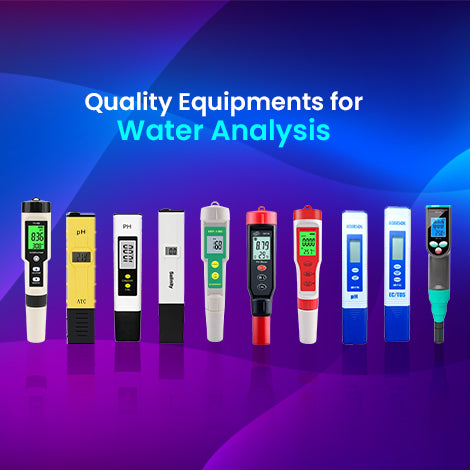SUBSCRIBE TO OUR NEWSLETTER
Get the latest updates on new products and upcoming sales
Customer Service
9278-333-555
Ideal for monitoring air quality in cafeterias, restaurants, schools, offices, greenhouses, factories, hotels, hospitals, and more
Thanks for subscribing!
This email has been registered!
